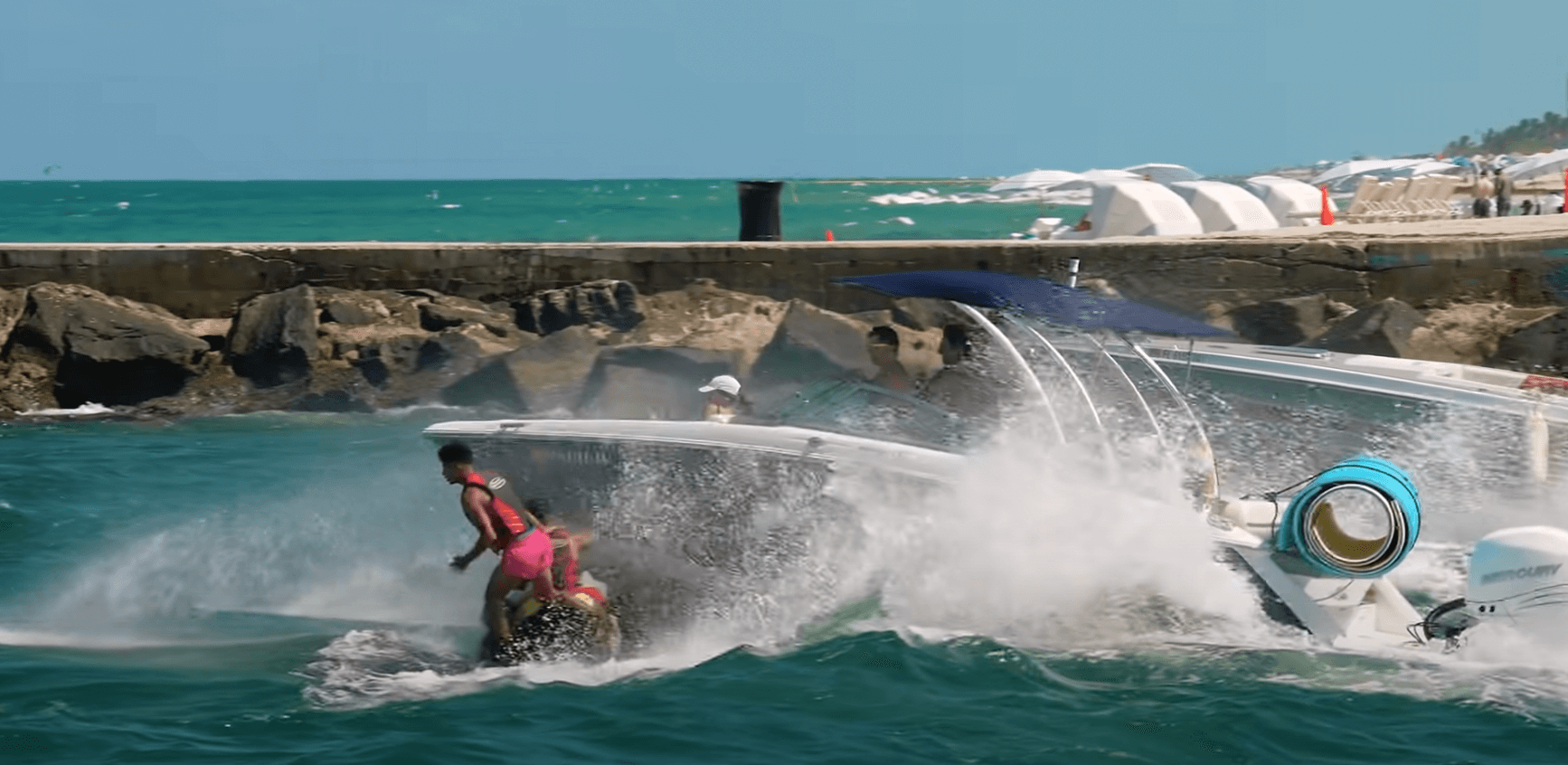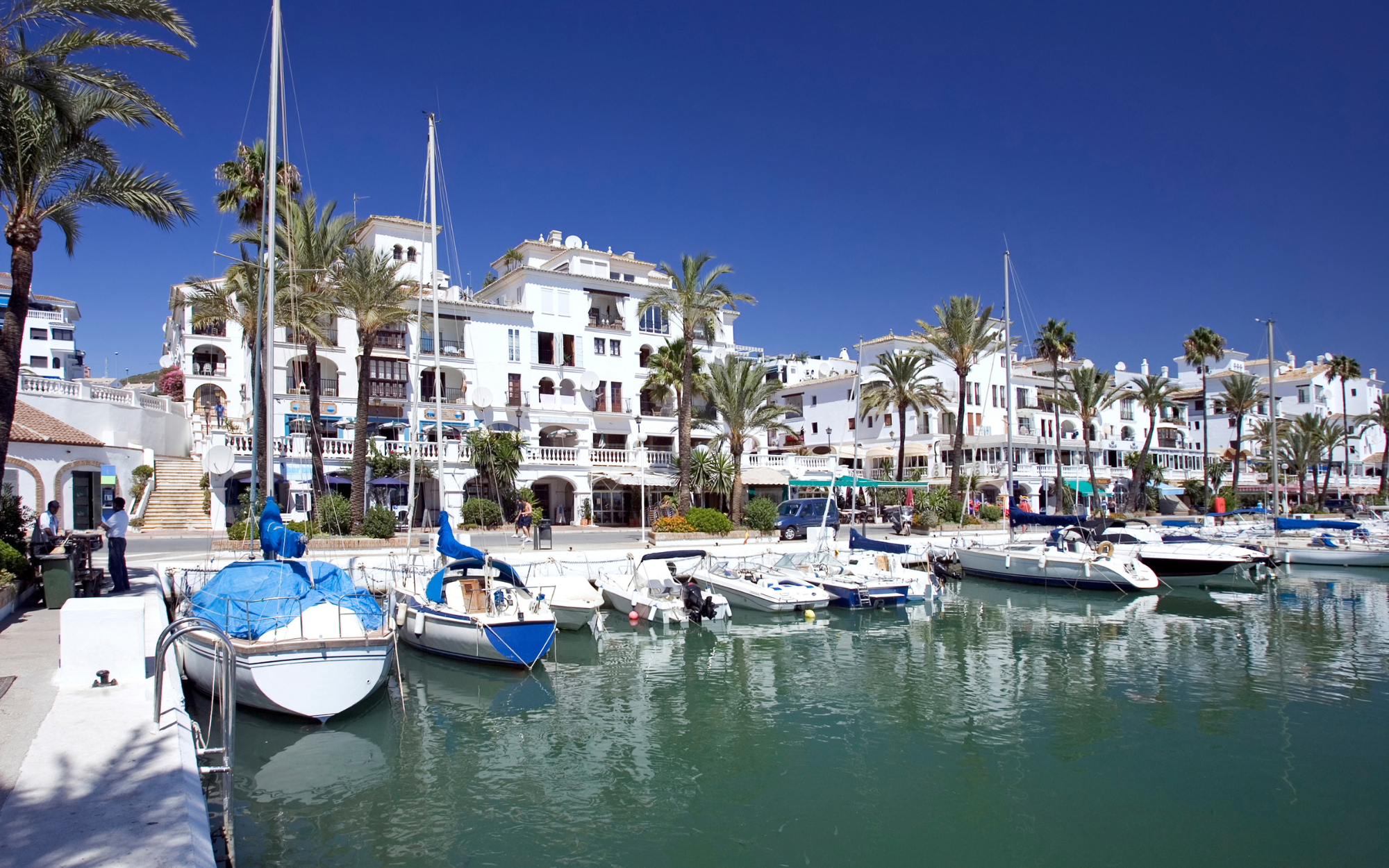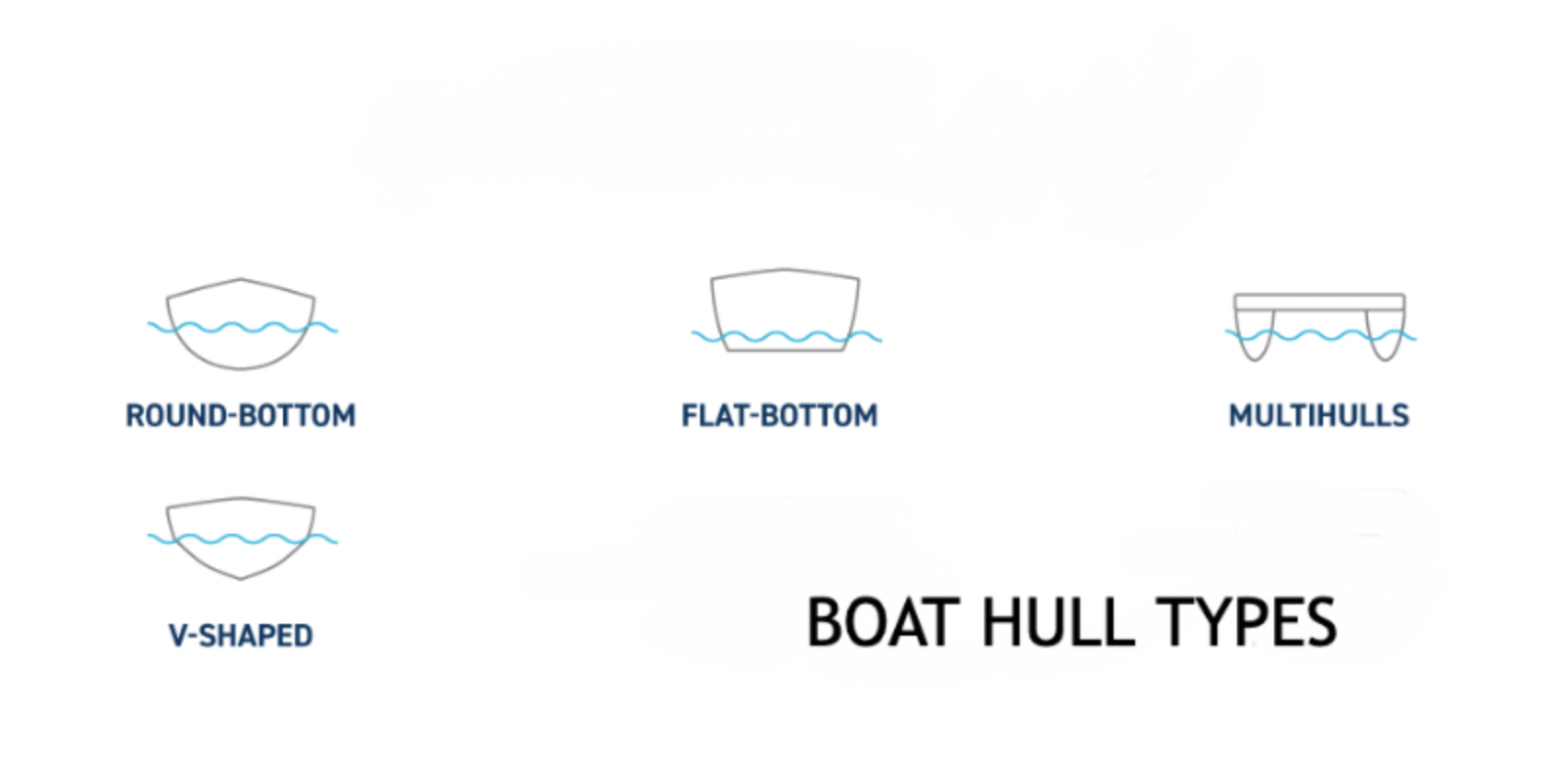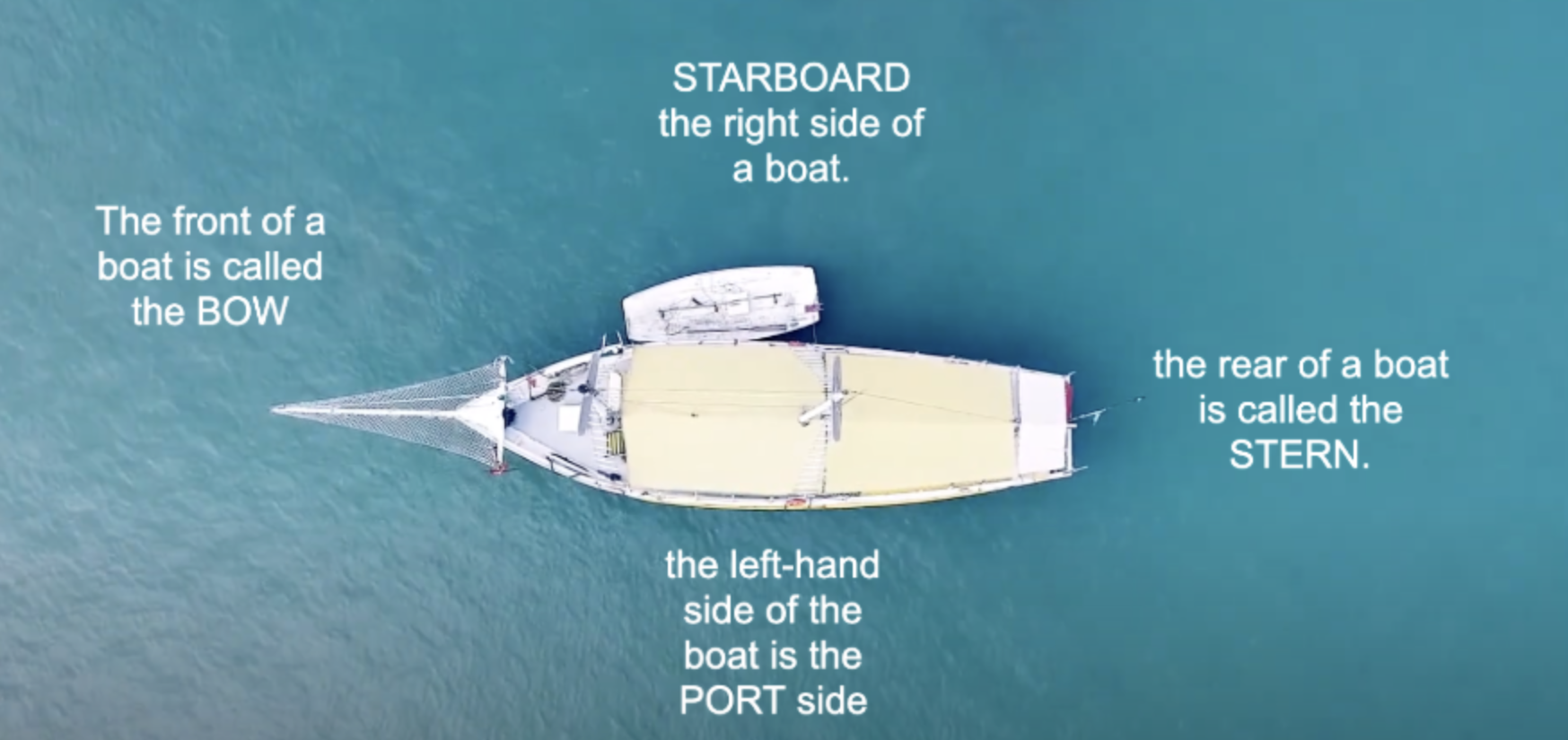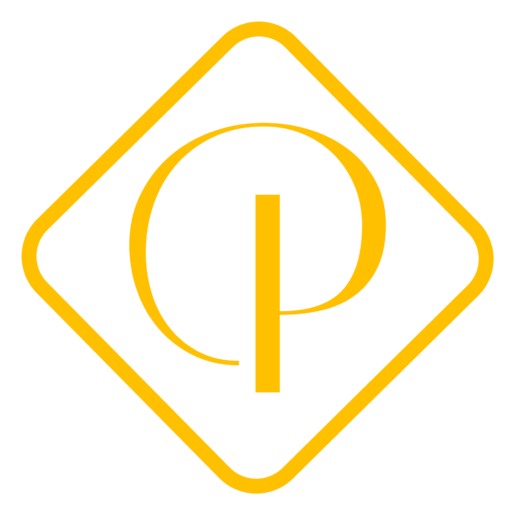When should the term Pan Pan or Mayday be used?
When you’re out on the water, knowing when to use “Pan Pan” or “Mayday” can be a lifesaver. These two terms are both distress signals, but they’re meant for different situations. So, when should you use one over the other? In this article, we’ll break down the difference and help you understand exactly when to use each signal to get the right help at the right time.
What is Pan Pan
“Pan Pan” is a distress signal used when you’re in an urgent situation, but it’s not life-threatening. It’s there for times when you need help, like if your engine breaks down, you’re low on fuel, or something else goes wrong, but you’re not in immediate danger. Think of it as a way to let others know you need assistance without causing alarm.
You’d send a message like, *”Pan Pan, Pan Pan, Pan Pan, [your vessel’s name], [location], [the problem].”* It’s a way to make sure help knows you’re in trouble, but everything’s still under control.
What is Mayday
“Mayday” is the most urgent distress signal used in maritime and aviation communication. It’s reserved for situations where there’s a life-threatening emergency, and immediate assistance is needed. If you’re in immediate danger, like a sinking boat, fire on board, or if someone is seriously injured, you would use “Mayday” to call for help.
When you send a “Mayday” call, you’re signaling that the situation is critical and requires a prompt response from rescuers.
The full message would usually sound like: *”Mayday, Mayday, Mayday, [vessel name], [location], [nature of emergency].”* It’s a way to make sure that authorities and nearby vessels know you’re in serious trouble and need immediate rescue.
What is the diference between Pan Pan and Mayday
The difference between *Pan-Pan* and *Mayday* calls lies in the level of urgency of the situation:
➡️ Mayday calls are reserved for life-threatening emergencies. This includes situations where immediate assistance is needed to save lives.
➡️ Pan-Pan calls (pronounced “pahn-pahn”) are used for urgent, non-life-threatening situations, such as mechanical breakdowns, running out of fuel, or getting lost in fog.
Both calls are made on **Channel 16**, which is designated for distress and emergency communication. It is not meant for general conversation or routine radio checks. After initial contact, further communication should be moved to a non-emergency channel.
Misusing emergency communication channels, including Channel 16, is subject to legal penalties, such as fines or imprisonment, depending on the severity of the offense.
Stay Safe at Sea: Ensure You Have Your VHF Radio Course Before Navigating
Master Your Safety at Sea with Prestige Boat Academy’s Short Range Radio Course
Did you know your radio communication skills can make all the difference in your safety while sailing?
Understanding how to use a VHF radio is crucial—not just for emergencies like *Mayday* or *Pan-Pan*, but for everyday situations at sea.
At Prestige Boat Academy, located in Puerto Banús, Spain, we offer the official RYA Short Range Certificate (SRC) course. This program meets CEPT standards and is internationally recognized as proof of VHF proficiency.
In just one day, you’ll learn:
- How to operate fixed or handheld marine VHF radios.
- Emergency and medical assistance procedures.
- Everything you need to communicate effectively and stay safe.
Our course is also available online, making it accessible wherever you are. It’s perfect for sailors aged 16 and over who want to enhance their skills and safety.
Don’t take risks at sea! Book your spot today at Prestige Boat Academy and sail with confidence. 🌊
